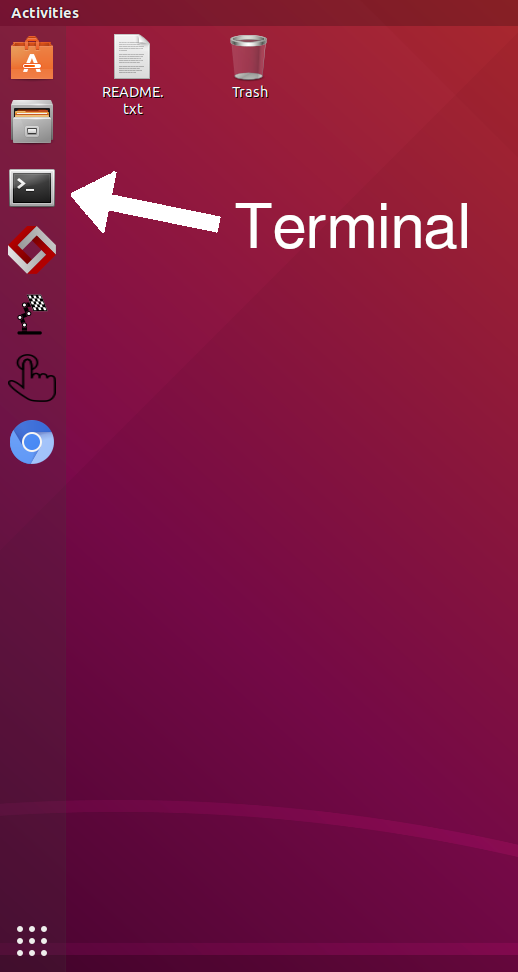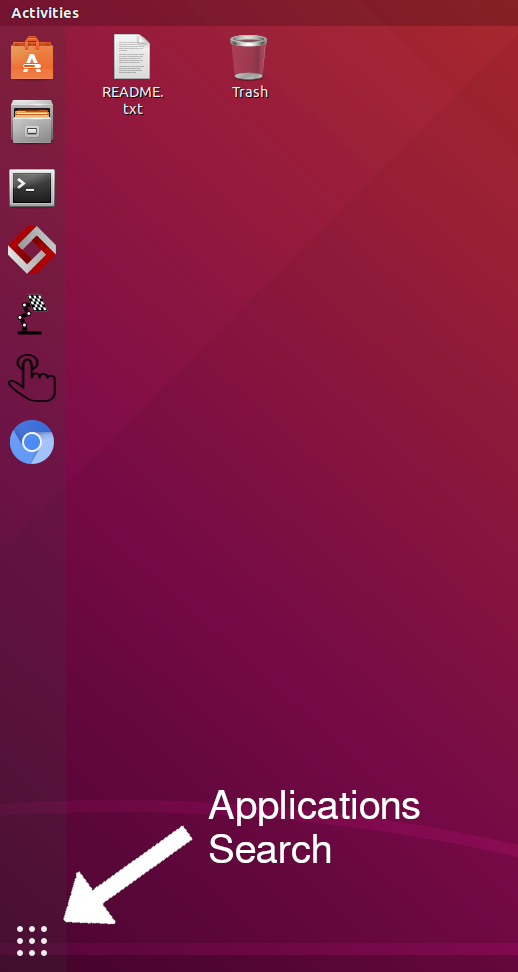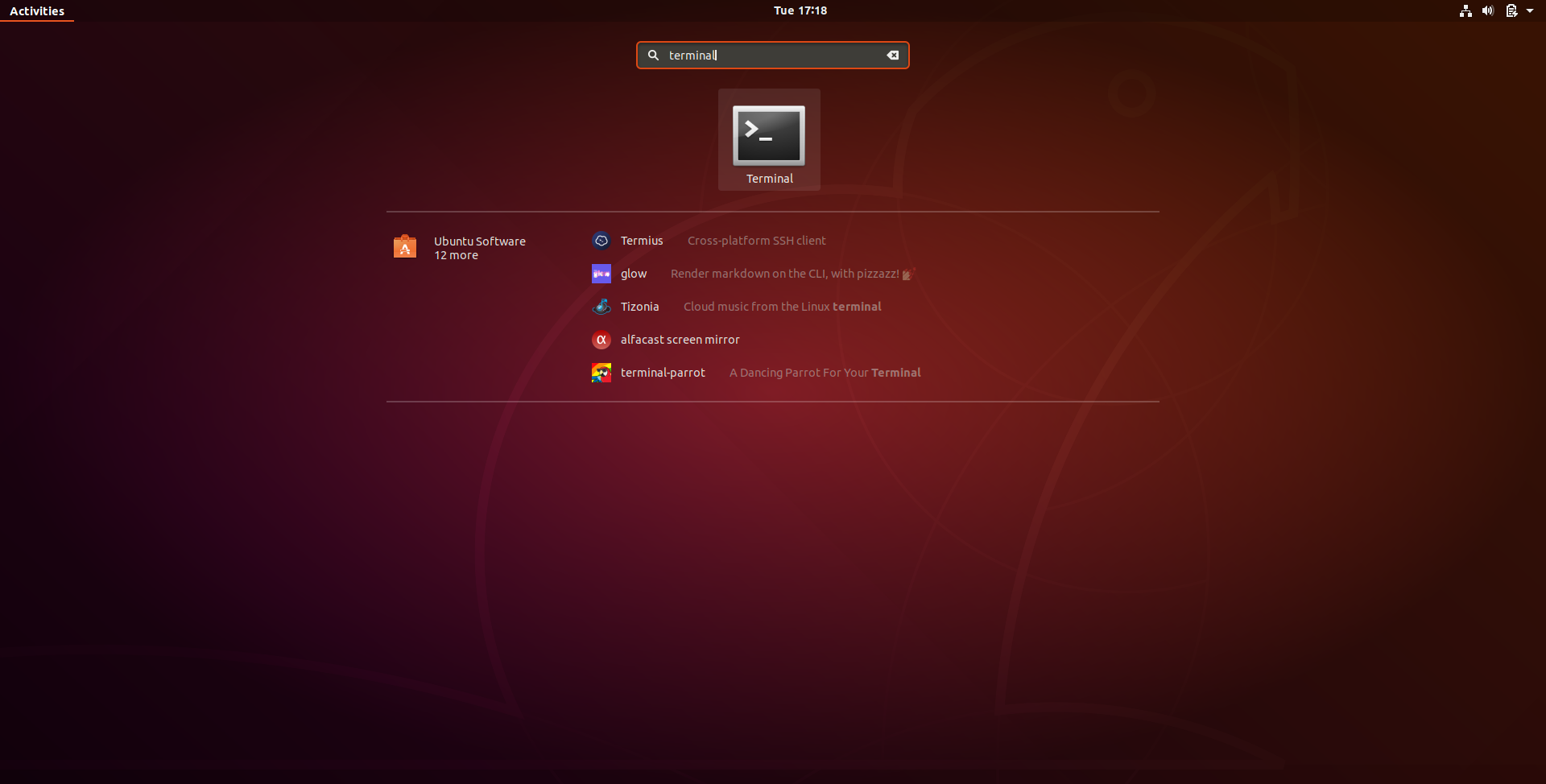Overview
This procedure describes the best practice of updating the RapidPlan and RapidSense software. The following update process does not require internet access on the Realtime Controller.
IMPORTANT: the update procedure requires a currently-installed RapidPlan software version of 1.2.0 or higher, on a Realtime Controller. Please contact Realtime Robotics Support at realtimesupport@rtr.ai, if the software or hardware differs from the requirements listed.
Requirements
RapidPlan version 1.2 or higher
Realtime Controller Hardware
Peripheral Equipment
To perform this procedure, the following items need to be connected to the controller:
Keyboard
Mouse
Monitor
External storage device
Create a Backup File
Backup the project files as described in the Back-Up and Restore Procedure document. Note that the updating process will not delete the project files.
Downloading Software Version Installer
Software Suite Installer
When updating the software, the first step is to download the software update files.
rapidplan_A.A.A-AAA-AAA+ubuntuBBBlts_amd64.lin.tar
A → RapidPlan version
b → Ubuntu OS version compatible with this installation package
Robot Models Installer
Realtime Robotics has a software package for each robot OEM. You will be provided with the files for whichever OEMs you work with. There are two files required for each OEM :
rtr-robot-models-{OEM}_{SOFTWARE_VERSION_ID}_amd64.deb.run
rtr-robot-models-{OEM}_{SOFTWARE_VERSION_ID}_amd64.deb.run.check.asc
If the RTR Controller has access to the internet, download the files and move both of them to the ~/Documents folder. Otherwise, download them on another computer and transfer them to the ~/Documents folder in the Realtime Controller using an external storage device.
Updating the software
Make sure the OS on your machine is the correct one for the software you are installing
Opening a Terminal
The software upgrade and installation procedure is run from a terminal on the Realtime Controller. Use the following steps to open a terminal.
Open a terminal window using one of the following methods:
From the favorites bar:
Select the Terminal Icon from the favorites bar:
From an applications search:
Select the icon to show applications, from the bottom left corner of the screen:
In the search bar, type “Terminal” and select the Terminal icon:
If a terminal is already open and you want another, right click on the icon using either method and then select ‘New Terminal’
Realtime Robotics Software Upgrade
Follow the steps above to open a terminal
NOTE: Installation requires sudo privileges.
Enter the following command in the terminal to change the directory to the Documents folder, which contains the update files:
$ cd ~/Documents
Rrun the following command from the terminal:
tar xf ./rapidplan...tarsudo ./install.shAfter a successful installation, restart the Controller to complete the upgrade process.
Robot Model Package Installation
Follow the steps above to open a terminal
Enter the following command in the terminal to change the directory to the Documents folder, which contains the update files:
$ cd ~/Documents
Enter the following commands in the terminal to make each robot models file executable:
$ chmod +x rtr-robot-models*
For every robot OEM package you have, enter the following command in the terminal to begin installing/updating the robot models package:
$ sudo rtr-sigexec rtr-robot-models-{OEM}_{SOFTWARE_VERSION_ID}_amd64.deb.runA successful upgrade will finish with the line:
INFO: Success! The user initiated software installation has completed successfully.
Contacting Support
Please contact Realtime Robotics support team at realtimesupport@rtr.ai if you encounter any problems following this procedure.





